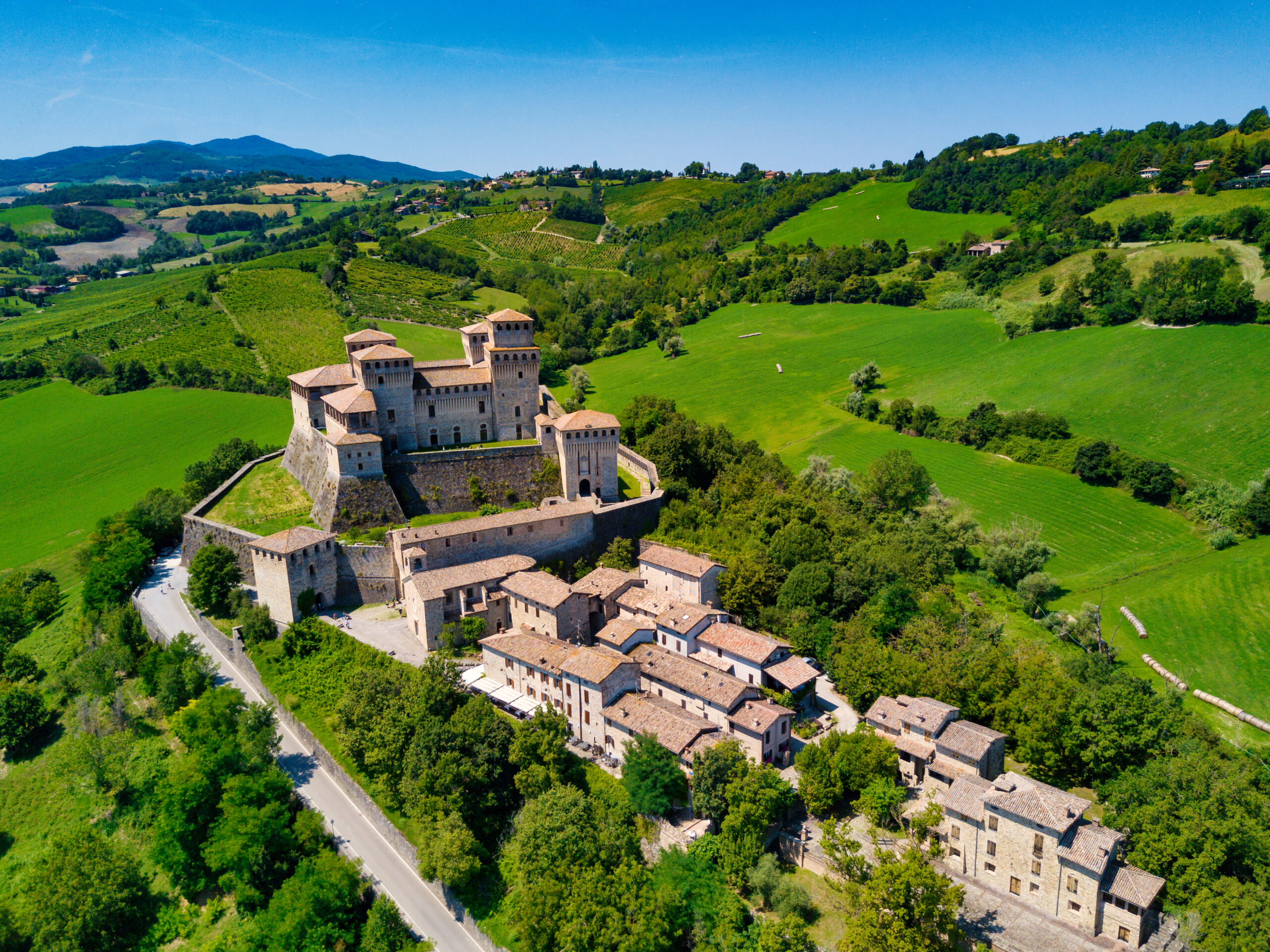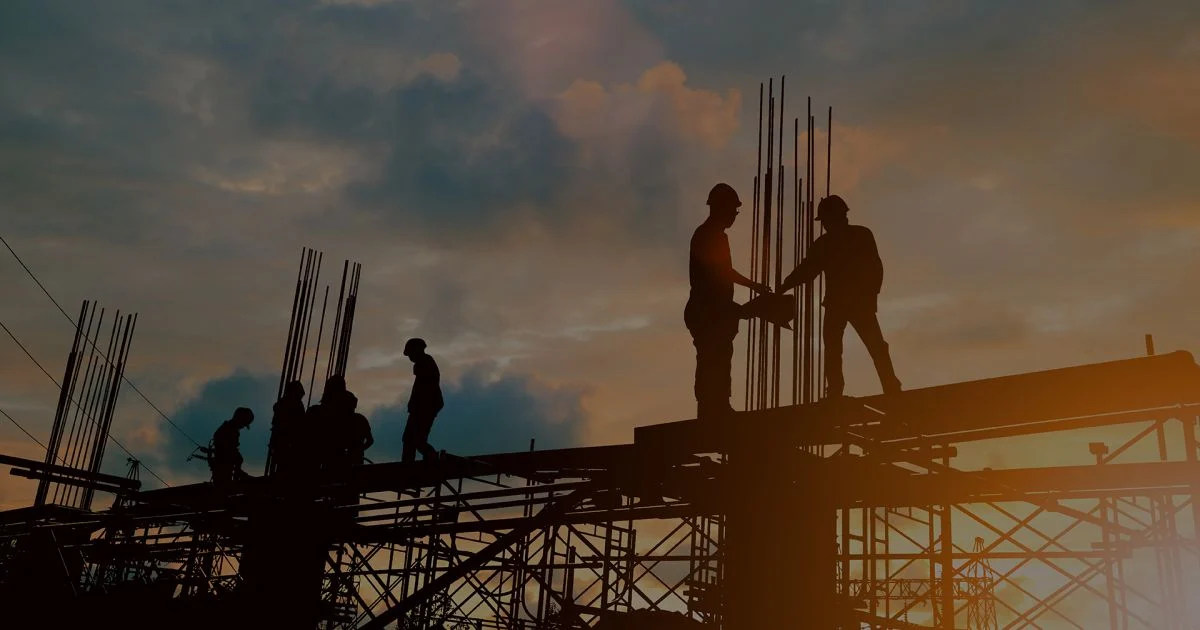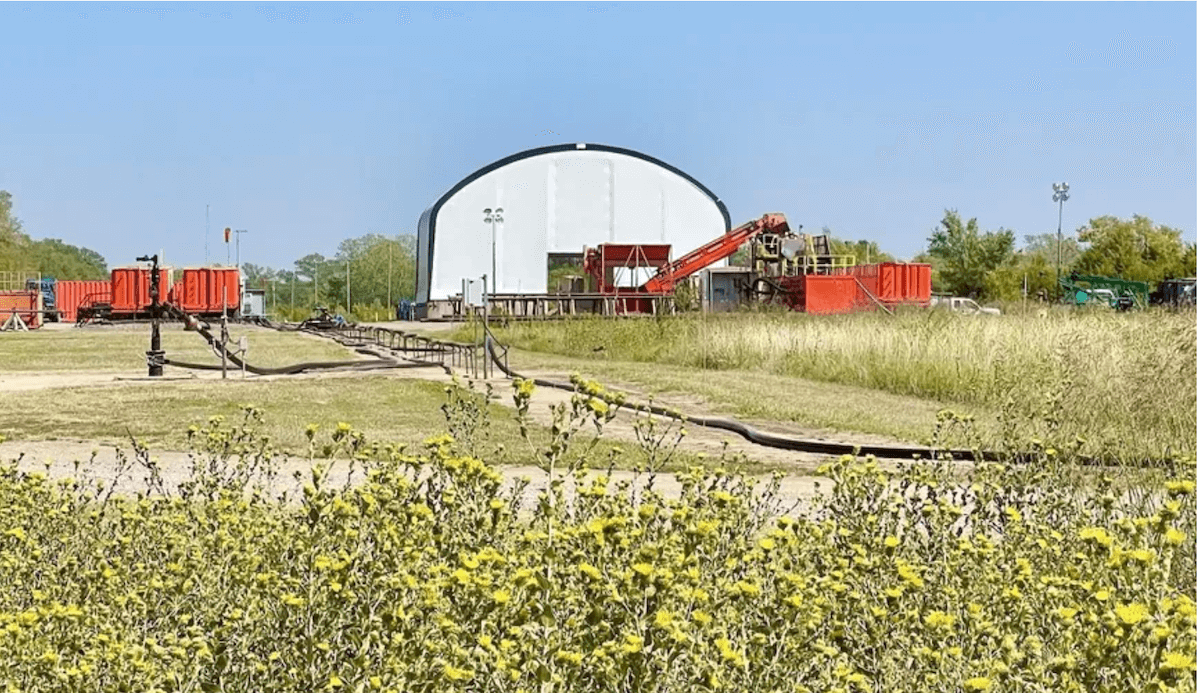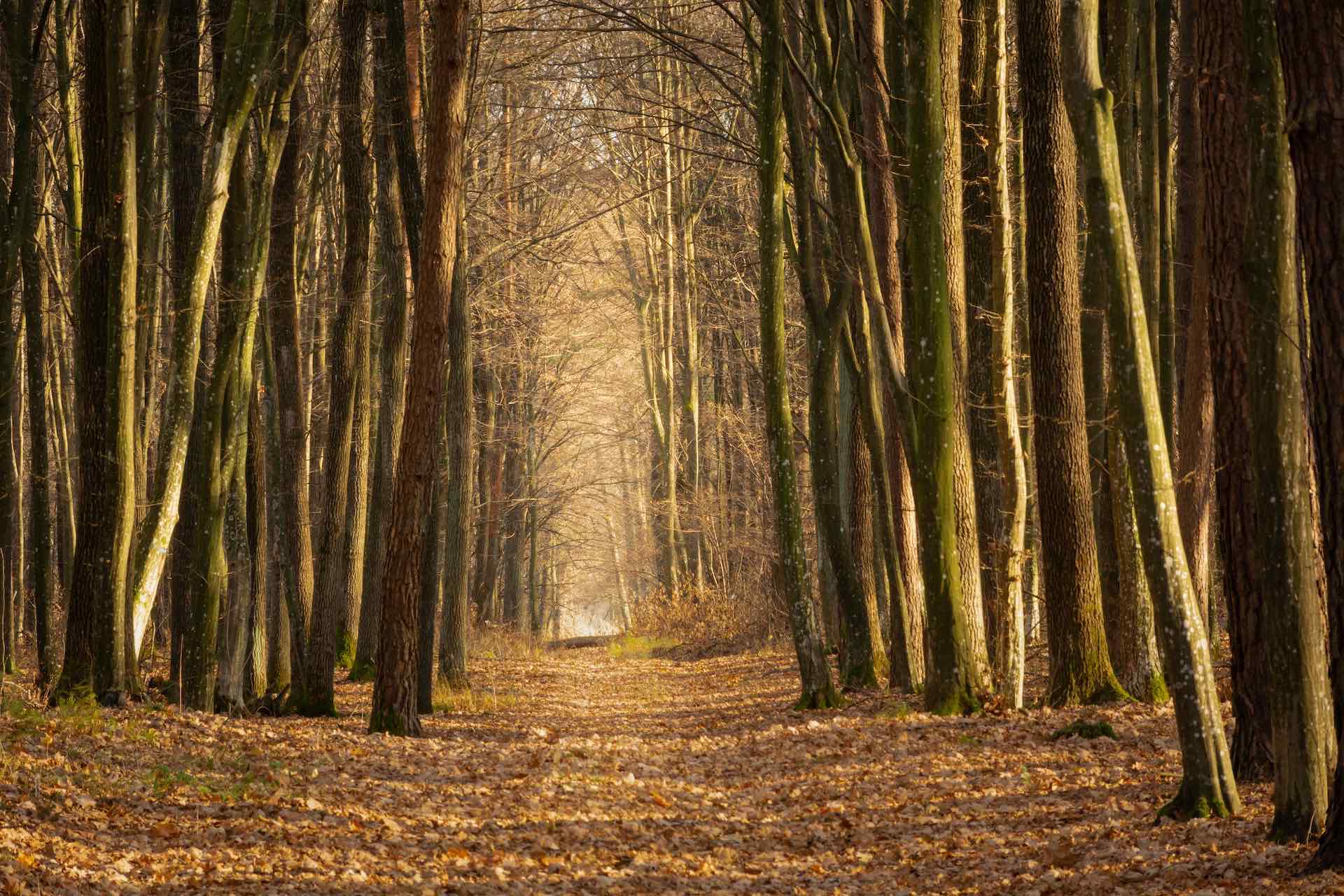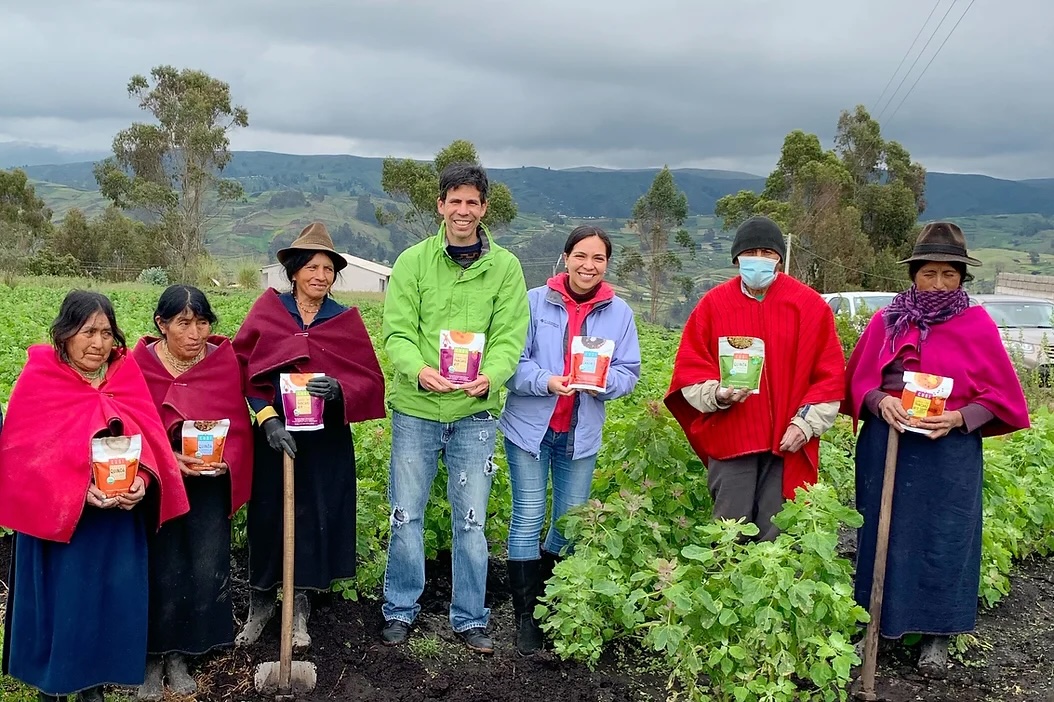Parma, Italy – As I pen these words, Italy is caught in the clutches of the third heatwave of this seemingly unending summer. Here in the northern reaches, where I call home, temperatures stubbornly hover around 40°C (or 104°F) during the day, showing little respite even at night.
Days like this, once rare enough to be counted as exceptions, have become the new norm as temperatures in Italy – and in the wider Mediterranean region – have warmed 20% faster than the global average rate over the last decade.
This new weather regime has hit the country this year maybe like never before. From devastating wildfires in the south to destructive hail storms and tornadoes in the north, no corner remained untouched. Headlines have dwelled on the throngs of tourists withering under the sun as they explore Rome’s Colosseum, Palermo’s piazzas, and other famed spots. But the reality for those who inhabit this land year-round is far more complex.
Until recently, we lived in harmony with the climate, basking in the summer sun and cozying up in our stone houses when the winter chill hit. Air conditioners were considered unnecessary luxuries, and air purifiers were a distant thought.
But as climate change encroaches upon our daily lives, those cherished rhythms have faltered, forcing us to confront the fact that our once harmonious relationship with nature needs some serious remixing to match the unprecedented shifts unfolding before us.
Now, don’t get me wrong. Italians are like pasta – tough and flexible. We’ve weathered centuries of craziness, from emperors to invaders, and we know how to come out on top.
In our everyday lives, for instance, we’re tweaking our culinary habits, trading steaming dishes of pasta for fresh insalata caprese and chilled seafood to beat the heat. The siesta hour, a treasured tradition, has gracefully extended, as we seek shelter in shaded places or take refuge in the gentle embrace of air-conditioned havens.
The thing is, that’s nothing compared to what lies ahead. Modeling suggests that by next century, Italy’s summer temperatures could increase by up to 6°C, and summer rainfall could decrease by as much as 40%. Without urgent action, heatwave days per year are expected to increase by an average of 400% by 2050, and by up to 1,100% by 2080. For a city like Rome, that could mean experiencing up to 28 days of extreme heat every year.
This won’t merely worsen the lives of many individuals, particularly the most vulnerable ones; it will also place a heavy burden on the national economy. Estimates indicate that the country’s GDP might shrink by more than 8% by the end of the century as a result of climate change.
There will be particularly dramatic effects on food production, with agricultural land value projected to plummet by over €160 billion by 2100, and on winter tourism – partly because just a fraction of the Alpine resorts are expected to maintain natural snow cover suitable for the season.
In one recent opinion survey, 81% of Italian respondents expressed concern about climate change and its effects, saying they would be willing to take personal steps and support policies to help combat it. However, these views do not seem to fit within the government’s political agenda.
On the world stage, Italy’s right-wing Prime Minister Giorgia Meloni talks up the dangers of climate change. At COP27 last November, she renewed the Italian commitment to reduce CO2 emissions. More recently, she released a joint statement with US President Joe Biden affirming “their commitment to taking decisive actions this decade” to fight the “existential threat posed by climate change.”
But at home, things are different. Even in the face of record heat, fires, and floods, she remains unwilling to embrace the idea that the burning of fossil fuels and other human activities are causing climate change, often neglecting the threat that this poses to the country’s security and prosperity.
This ambiguity, which happens to be prevalent among Italian governments and political parties, is clouding key policy decisions. In nearly ten months, Meloni’s approach to advance the energy transition and meet the national goal of reaching climate neutrality by 2050 is still confusing and unclear.
Instead, the government has kept pursuing natural gas as a source to meet energy supply needs. It also picked a fight with Brussels over EU efforts to ban the production of cars with internal combustion engines by 2035. (Italy has one of the lowest rates of electric vehicle use in Europe.)
It’s not all doom and gloom, though. Sustainable finance and responsible investing have bloomed recently, with an increasing emphasis on the interplay between economic growth and environmental stewardship.
According to CONSOB, the regulatory authority for Italian financial markets, the number of ESG funds in the country surpassed 1,900 at the end of the first quarter of 2022, with total assets reaching €431 million. These figures mark a substantial surge compared to previous years.
This uptick in sustainable investing shows that investors are increasingly aware of the risks posed by climate change. It also highlights the growing availability of accessible products and services that facilitate and encourage individuals and institutions to incorporate sustainability into their investment portfolios.
Moreover, after almost four years of delay, the Italian environment ministry published the country’s first National Plan for Adaptation to Climate Change earlier this year. The plan seeks to establish a framework for mitigating climate change risks and accelerating the transformation to a low-carbon economy.
Crucially, a big chunk of money to fund this endeavor will come from the flagship National Recovery and Resilience Plan, which is meant to help the economy overcome the consequences of the pandemic. The plan allocates 71 billion euros to support the green transition with key investments in energy efficiency in residential and public buildings, sustainable mobility (€ 34 billion) and development of renewable energies and the circular economy, and improvement in waste and water management.
Those investments are, at least on paper, accompanied by important reforms aimed at improving the efficiency in the use and management of water resources and local public services, increasing the recycling rate, deploying charging points for electric vehicles, increasing competition in the electric market, improving the functioning of concessions in Italian ports or simplifying the various legal frameworks for the acceleration of energy efficiency interventions and transport infrastructure projects.
So far, Italy has struggled to meet the targets set by Brussels to access the funds from the post-pandemic recovery initiative, and it is lagging behind in the execution of its proposed projects. But, with COP28 on the horizon, a crucial opportunity arises to recalibrate its strategies and commitment, not just for the sake of securing international funding, but for steering the nation towards a sustainable and climate-resilient future.

